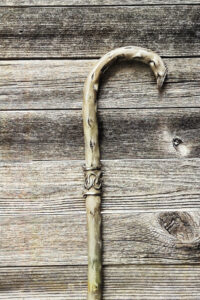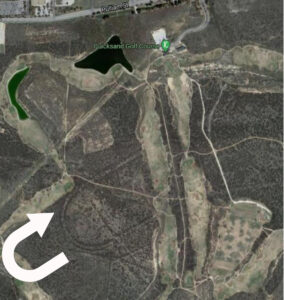The release date for my next book, Betting on Horses: Racing as an Economic Development Tool in Frontier West Texas, 1886-1896, has been set for March 21 from Bariso Press.
for March 21 from Bariso Press.
This book is different from my previous ones, a nonfiction historical account of a little-known aspect of horse racing on the frontier. As a popular Old West pastime, horse racing could always draw a crowd to admire and bet on horseflesh. Realizing its appeal, boosters of the nascent West Texas community of San Angelo used horse racing to attract both investors and settlers and to distance themselves from competing communities in the Concho Valley.
Betting on Horses explores a critical decade in San Angelo history when local promoters incorporated racing into their boosterism, sending local horses across the nation and broadening the community’s national exposure and reputation. Betting on Horses is the story of one frontier town’s efforts to survive and thrive as it vied with competitors for the telegraph, for the railroad, for exposure that would attract investors and for its long-term survival.
Too, it’s the story of Concho Valley racehorses like Belle P, Get There, Hal Fisher and Viola Belle, who raced on tracks from San Francisco to New York and from Chicago to New Orleans. Most famous of all the San Angelo racers was Charley Wilson, the star-crossed chestnut with the gigantic stride that beat fabled California mare Geraldine in two out of three races but was later tarnished in a cheating scandal after San Angelo owner John R. Nasworthy sold him.


The citizens of San Angelo were so thrilled by Charley Wilson’s victories over Geraldine that when owner Nasworthy returned from the races they presented him with a cane adorned with silver horseshoes representing the stallion’s victories. After I confirmed this family account through period newspapers and documents, Nasworthy’s grandson Tom Nasworthy surprised me with the cane as a gift after I had spoken to the Tom Green County Historical Society on his grandfather. It was a touching moment.
My greatest discovery in the research was a long-lost racetrack. As San Angelo boosters tried to draw visitors in the late 1880s, they established the Concho Valley Fair Association to host an annual agricultural exposition and horse races. They built a fairgrounds and racetrack east of town, but it had been lost over time.
A single clue to its location from a 1920s paper gave me the general location of the track and, using Google Maps, I was able to locate it on the grounds of Quicksand Golf Course. The remains of the racetrack are still visible from the air when you fly into San Angelo.
Betting on Horses offers a fresh perspective on horses in frontier life and boosterism and, I hope, a significant contribution to West Texas history. It will be available on amazon.com after March 21.

